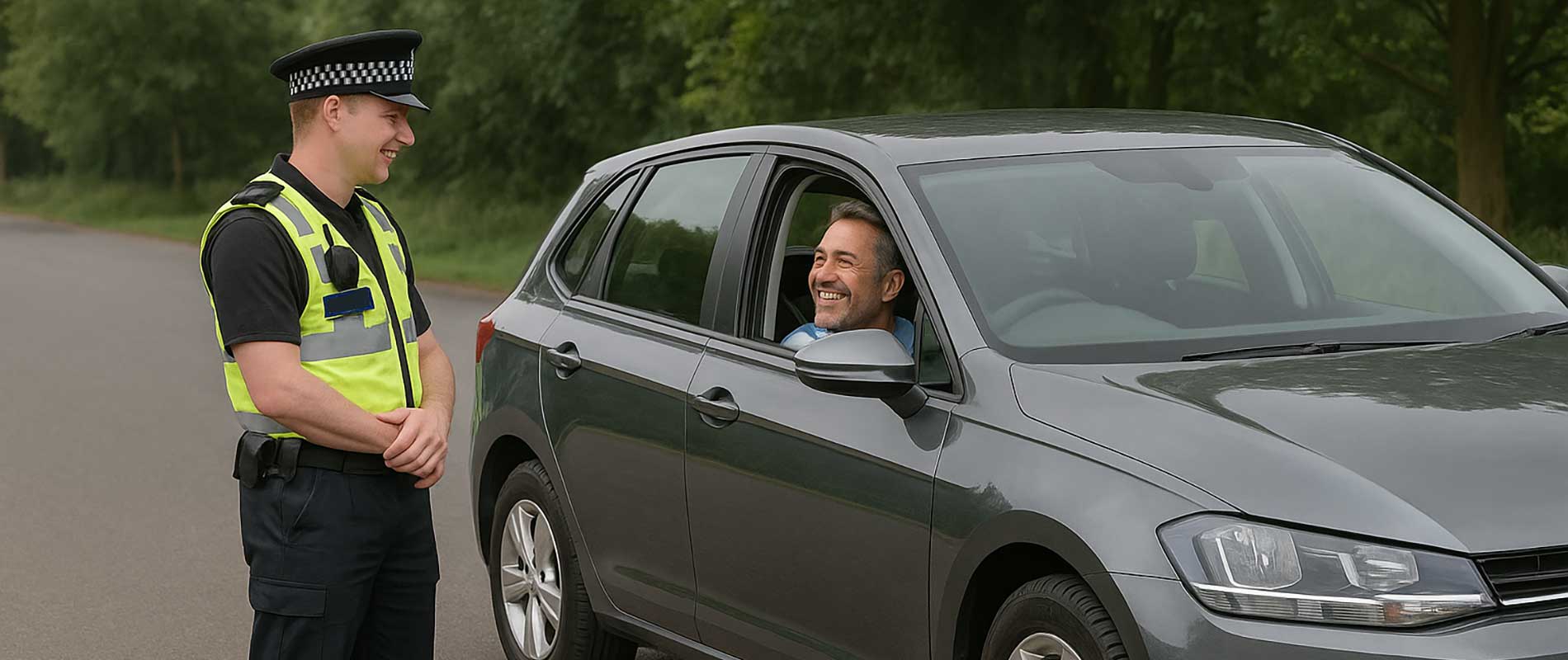Starting again with clear information
After a driving ban, applying for insurance can feel like entering unfamiliar territory. You’ve got your licence back, but insurers will now ask for more detail than before. What you tell them; and how accurately you tell it; makes all the difference between getting proper cover and accidentally breaking the law again. The rule is simple: if it affects your ability to drive or changes your risk profile, your insurer needs to know.
Conviction details and licence status
First, you must declare the conviction that led to your ban. Insurers don’t need your life story, but they do need the key facts: the offence code (for example, DR10 for drink-driving or TT99 for totting up points), the date of conviction, and how long the ban lasted. These details appear on your driving record and stay visible for several years, so they’ll be checked either way. Declaring them up front keeps you compliant and avoids future disputes.
Next, confirm your current licence status. If you had to reapply for your licence, make sure it’s active and valid before you drive or seek cover. Some bans come with medical or testing requirements; if those apply to you, insurers will expect that you’ve met them before returning to the road.
Driving history and any new conditions
Insurers want to know about your full driving history, not just the latest offence. That includes any penalty points still showing, previous claims, or earlier disqualifications. They’ll also ask whether you’ve completed any rehabilitation or awareness courses; and if you have, say so. It shows you’ve taken the offence seriously and can sometimes help lower your premium slightly.
If you’re on any special licensing conditions, such as restricted vehicle use or medical monitoring, mention that too. It might not affect your eligibility, but it keeps your record transparent, which insurers appreciate.
Your personal and vehicle details
Alongside conviction details, you’ll need to provide the usual information: your name, address, occupation, and the car’s make, model, and registration. If your circumstances have changed since before the ban; for instance, a new job, new address, or different vehicle; update everything. Insurers treat out-of-date personal data as a red flag, and inaccurate details can void the policy if a claim arises later.
When describing who drives the car, be clear about whether anyone else will use it. Adding a partner or family member can sometimes balance out the risk, but only if everyone’s details are declared honestly. Don’t be tempted to name someone else as the main driver if it’s really you; that’s called “fronting,” and it’s insurance fraud.
Honesty protects your policy
Insurers cross-check the information you give against DVLA and industry databases, so there’s little point trying to gloss over anything. Declaring every relevant fact keeps your cover valid and protects you if you ever need to claim. If you’re unsure whether something counts as relevant, the safest approach is to declare it anyway and let the insurer decide. It’s far better to over-disclose than to risk invalidation later.
How to make your application easier
Before applying, gather your paperwork: your driving licence, conviction documents, and any correspondence from the DVLA. Having everything to hand speeds up the process and avoids mistakes. It’s also worth comparing several insurers; especially those who specialise in convicted drivers; since some are more flexible about past bans than others.
Once you’re back on the road, stay organised. Keep copies of your policy, make sure payments are on time, and update your insurer if anything changes. A year or two of clean driving will help restore your record, but that process starts with one simple thing: full honesty from day one.
Moving forward with confidence
After a ban, rebuilding your driving profile isn’t instant, but it’s entirely possible. The information you share now lays the groundwork for fair, valid cover and better premiums in the years ahead. Tell the truth, keep everything current, and drive carefully. With time, that single chapter in your record will fade into the background; and you’ll be back to driving without worry.

